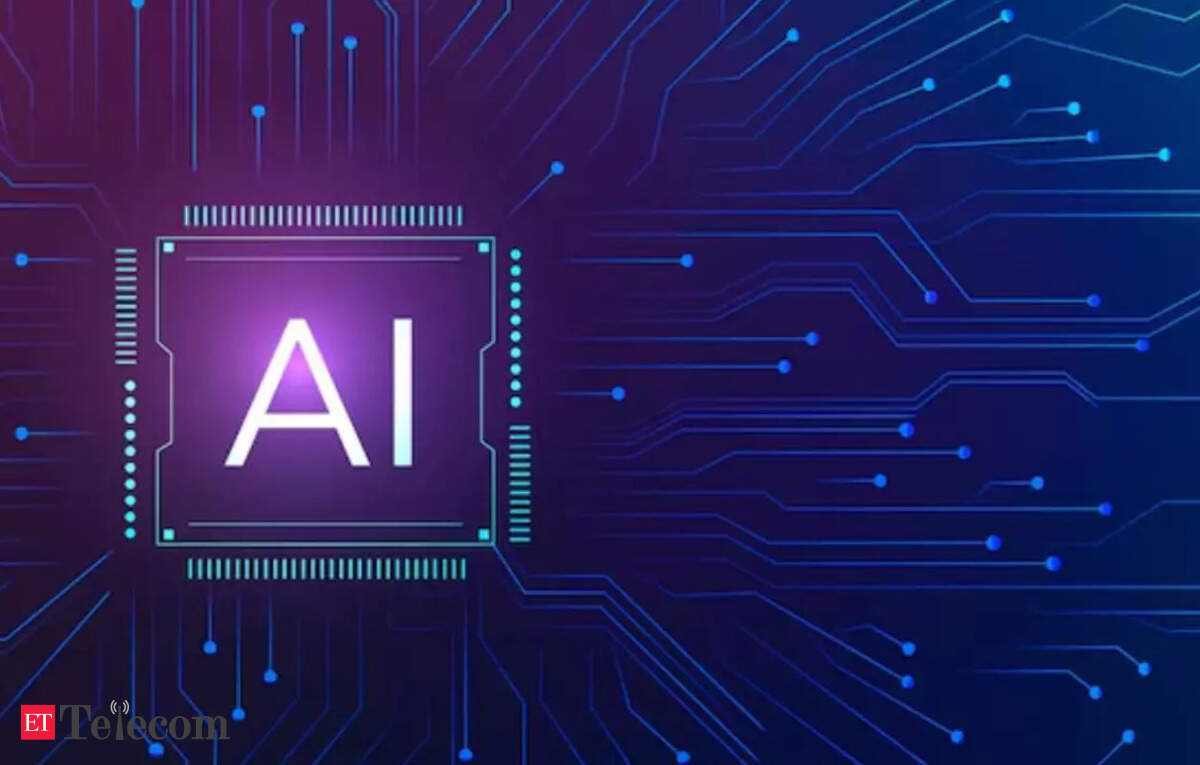Vertical AI software: why the future of AI is in applications
In the field of artificial intelligence, much of the attention today is focused on language models, chips, and infrastructure. However, an increasingly valid investment thesis is emerging strongly: , particularly in .
During the AI Week event, the international fund explained how the market is shifting from infrastructure to products:
In the ’80s and ’90s, the technological boom was dominated by hardware companies like , which produced the servers, mainframes, and networks for the nascent digital era. However, over time, those infrastructures became replaceable, margins shrank, and the competitive advantage narrowed.
The real winners? The software platforms:
Today the hype is about Nvidia, OpenAI, and Anthropic, but like yesterday’s hardware, these elements are also destined to become commodities.
The is an application of artificial intelligence designed to . Unlike generalist solutions, these software are created to be integrated into the daily workflows of professionals, companies, and industries.
Examples of vertical AI already on the market:
These solutions combine , offering efficiency, savings, and scalability.
Langoustia Capital argues that the next giants of AI will not only be those who build models, but those who know how to .
Some reasons why this thesis is gaining strength:
With these premises, becomes the most promising combination for funds, startups, and companies seeking real growth.
Langoustia Capital is a fund specialized in the , namely in the development and support of AI-powered software solutions.
Based in , the fund is backed by the (Luxottica) and aims to connect the best European and US startups.
In just one year, it has:
Objective: to discover and grow the new “Meta” and “Amazon” of the AI world, not in the infrastructure, but .
The AI market is crowded, but those who can build concrete, integrable, and measurable vertical products will emerge as the true winners.
Langoustia Capital is focusing precisely there: on artificial intelligence that solves specific problems, creates real value, and offers sustainable returns.
The future is not in laboratories, but in the real world. And it passes through software.












